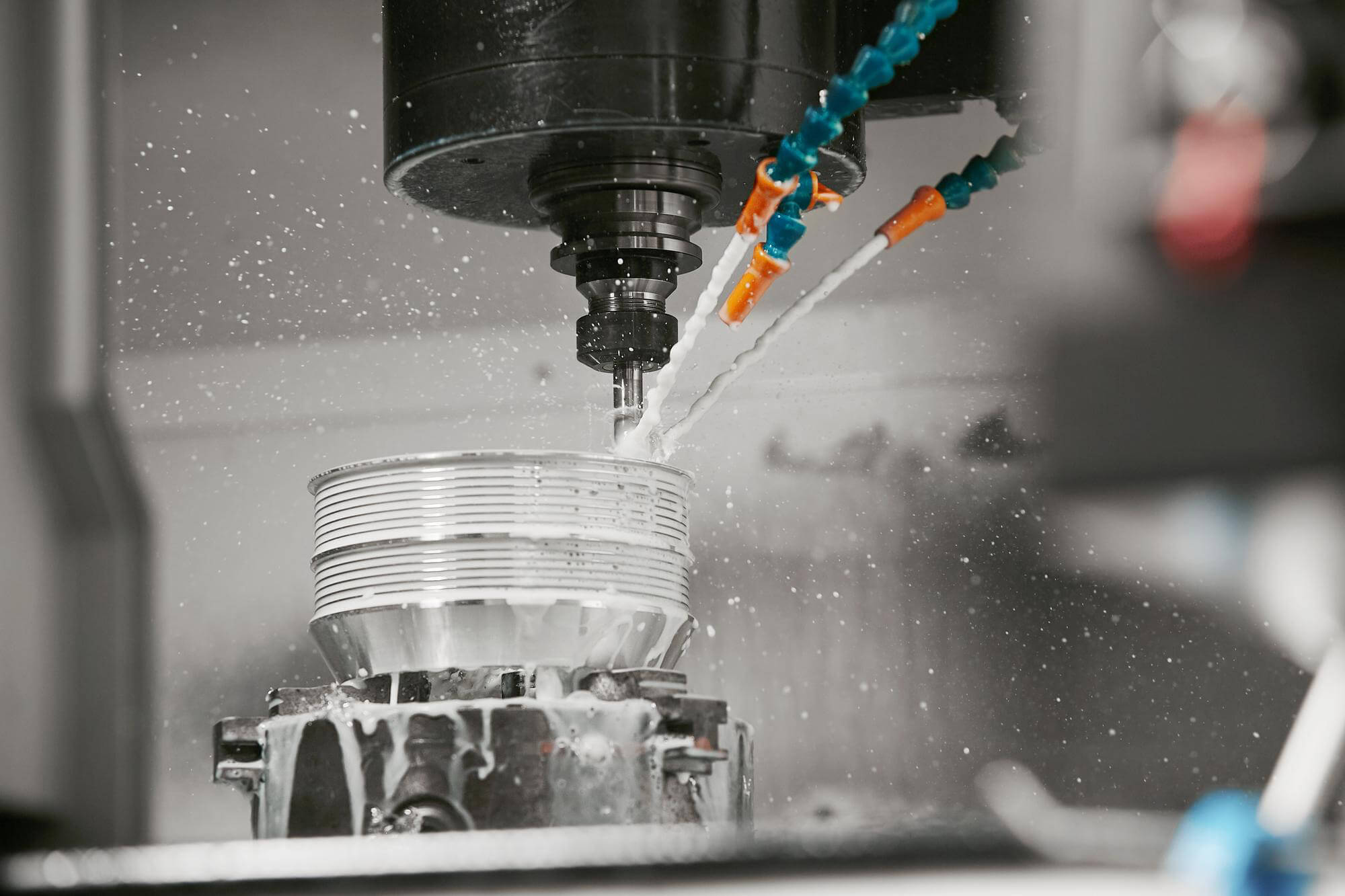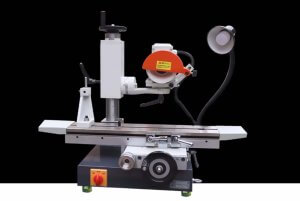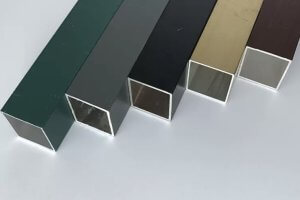CNC drilling is a critical process in modern manufacturing, particularly when working with composite materials. As industries like aerospace, automotive, and renewable energy continue to demand lightweight, high-strength components, achieving precision in machining these complex materials becomes increasingly essential. This article provides an in-depth guide to CNC drilling techniques specifically for composite materials. By understanding the nuances of this process, technicians and procurement specialists can better assess supplier capabilities and ensure their projects meet high-quality standards.
1. Understanding Composite Materials
Composite materials are engineered by combining two or more distinct materials to achieve superior properties that the individual components could not provide alone. Common composites include a polymer matrix reinforced with materials like carbon fibers, glass fibers, or aramid fibers. These materials are renowned for their excellent strength-to-weight ratio, corrosion resistance, and design flexibility, making them ideal for high-performance applications. However, their heterogeneous structure presents significant challenges during machining, especially in drilling.
1.1. Types of Composite Materials
Composite materials come in various forms, each with unique properties that influence the CNC drilling process:
- Carbon Fiber Reinforced Polymer (CFRP): Known for its high strength and stiffness, CFRP is widely used in aerospace and automotive applications. However, it is prone to delamination and fiber pull-out during drilling.
- Glass Fiber Reinforced Polymer (GFRP): GFRP offers good impact resistance and is commonly used in marine and sports equipment. It is more abrasive than CFRP, leading to faster tool wear.
- Aramid Fiber Reinforced Polymer (AFRP): Aramid fibers are recognized for their toughness and impact resistance. AFRP is challenging to machine due to its fibrous nature, leading to burr formation and poor surface finish.
2. Challenges in CNC Drilling of Composite Materials
CNC drilling of composite materials introduces several challenges that must be overcome to achieve precise machining while maintaining material integrity. Common issues include:
2.1. Delamination
Delamination refers to the separation of composite layers during the drilling process, often caused by excessive thrust force applied by the drill, particularly when the drill exits the material. Delamination weakens the structural integrity of the component and can lead to part rejection or failure in service.
2.2. Fiber Pull-Out
Fiber pull-out occurs when the drill fails to cleanly cut the reinforcing fibers, causing them to be pulled out from the matrix. This results in poor surface finish and can compromise the strength of the drilled hole.
2.3. Tool Wear
Composite materials, especially those reinforced with glass or carbon fibers, are abrasive and can lead to rapid tool wear. Worn tools increase cutting forces, generate more heat, and reduce drilling precision.
2.4. Burr Formation
Burrs are protrusions or small pieces of material left on the edge of a hole after drilling. In composites, burrs are particularly problematic because they can create stress concentrations and may require additional finishing operations.
3. CNC Drilling Techniques for Composite Materials
To overcome the challenges of CNC drilling in composites, specific techniques and considerations must be applied. Below are some key strategies:
3.1. Drill Bit Selection
Selecting the right drill bit is crucial for achieving precision in composite drilling. Common drill bit types include:
- Brad Point Drills: These drills have a sharp tip and cutting wings that help in centering and reducing drill wander. They are particularly effective in minimizing delamination at the entry and exit points.
- Diamond-Coated Drills: Diamond-coated drills offer excellent wear resistance, making them ideal for drilling abrasive composites like CFRP and GFRP. They maintain sharpness longer, reducing the risk of fiber pull-out and delamination.
- Helical Fluted Drills: Helical fluted drills are designed for more efficient chip evacuation, reducing heat buildup and minimizing burr formation. They are suitable for materials sensitive to heat damage.
Table 1: Recommended CNC Drilling Parameters for Composite Materials
| Composite Type | Spindle Speed (RPM) | Feed Rate (mm/min) | Depth of Cut (mm) | Recommended Drill Type |
|---|---|---|---|---|
| CFRP | 5000 – 15000 | 50 – 200 | 2 – 4 | Diamond-Coated |
| GFRP | 4000 – 12000 | 30 – 150 | 2 – 4 | Helical Fluted |
| AFRP | 3000 – 10000 | 20 – 100 | 2 – 3 | Brad Point |
| Hybrid Composites | 4500 – 14000 | 40 – 180 | 2 – 4 | Diamond-Coated/Helical |
3.2. Cutting Parameters
Optimizing cutting parameters such as spindle speed, feed rate, and depth of cut is essential to minimizing defects in composite materials.
- Spindle Speed: Higher spindle speeds can reduce cutting forces but may generate more heat, leading to thermal damage. The key is to balance mechanical stress and thermal stress to achieve the best results.
- Feed Rate: Lower feed rates can reduce delamination and burr formation but may increase the risk of heat buildup. Adjusting the feed rate in conjunction with spindle speed can yield cleaner cuts.
- Depth of Cut: For thicker composite materials, a technique called “peck drilling” is recommended, where the drill is periodically retracted during the drilling process to allow for chip evacuation and cooling. This reduces the risk of delamination and tool wear.
3.3. Cooling and Lubrication
Proper cooling and lubrication are vital in CNC drilling of composites to prevent overheating and minimize tool wear. However, the choice of coolant must be compatible with the composite material to avoid chemical degradation.
- Air Cooling: Air cooling is preferred for most composites to avoid contamination. High-pressure air effectively removes chips and reduces heat buildup.
- Cryogenic Cooling: In some cases, cryogenic cooling with liquid nitrogen is used to maintain low temperatures during drilling. This method is particularly effective in preventing thermal damage to sensitive composites.
4. Advanced CNC Drilling Strategies
Beyond basic techniques, advanced strategies can further enhance precision and reduce defects in composite drilling.
4.1. Peck Drilling
Peck drilling involves periodically retracting the drill during the drilling process. This technique helps break long chips, reduce heat buildup, and minimize delamination. It is particularly effective for drilling thicker composite laminates.
4.2. Backing Support
To reduce delamination at the exit point, it is recommended to use a backing material or backing plate. This support absorbs the thrust force as the drill exits the material, lowering the chances of interlayer separation.
4.3. Ultrasonic-Assisted Drilling
Ultrasonic-assisted drilling introduces high-frequency vibrations into the drilling process, reducing cutting forces and improving chip evacuation. This technology has been shown to significantly reduce delamination and tool wear in composites.
Table 2: Advanced CNC Drilling Techniques for Enhanced Precision
| Technique | Benefits | Ideal Application |
|---|---|---|
| Peck Drilling | Reduces heat, chip clogging, and delamination | Thick Composite Laminates |
| Backing Support | Minimizes exit delamination | Thin or Delicate Composites |
| Ultrasonic-Assisted Drilling | Lowers cutting forces, improves surface finish | High-Precision Composite Drilling |
5. Quality Control in CNC Drilling of Composite Materials
Maintaining high precision in CNC drilling of composites requires stringent quality control measures. These measures help ensure that drilled holes meet the required specifications and minimize defects.
5.1. Inspection Techniques
- Visual Inspection: Visual inspection is used to detect burrs, delamination, and fiber pull-out around the drilled hole. It is often the first step in quality control.
- Ultrasonic Testing: Ultrasonic testing uses sound waves to detect internal defects in the material. It can identify delamination and voids caused by drilling.
- X-Ray Inspection: X-ray inspection is used to view the internal structure of composites, particularly useful for assessing delamination and fiber breakage.
5.2. Quality Control Standards
Ensuring consistency in drilling quality requires adherence to strict standards. Common standards include ISO 9001, AS9100 (aerospace), and TS16949 (automotive). These standards define the requirements for quality management systems, including process control, documentation, and continuous improvement.
6. Key Considerations for Choosing CNC Drilling Suppliers
For procurement professionals seeking high-precision CNC drilling of composites, choosing the right supplier is critical. Here are some key factors to consider when evaluating potential suppliers:
- Experience and Expertise: Evaluate whether the supplier has extensive experience in composite drilling. This usually includes reviewing their past projects and their ability to handle various types of composites.
- Equipment and Technology: Ensure the supplier is equipped with advanced CNC machines and tools suitable for high-precision drilling in composites.
- Quality Control Processes: Ensure the supplier has robust quality control processes, including regular inspections, non-destructive testing methods, and certifications such as ISO 9001.
Table 3: Key Criteria for Evaluating CNC Drilling Suppliers
| Evaluation Criteria | Importance | What to Look For |
|---|---|---|
| Experience and Expertise | Ensures understanding of material challenges | Proven track record in composite drilling |
| Equipment and Technology | Affects precision and efficiency | Modern CNC machines, advanced tooling |
| Quality Assurance Processes | Ensures consistent high-quality output | Certifications, regular inspections |
7. Future Trends in CNC Drilling for Composites
As composite materials continue to evolve, so too does the technology for machining them. The following trends are expected to shape the future of CNC drilling:
7.1. Integration of Automation and Artificial Intelligence
Automation and Artificial Intelligence (AI) are increasingly being integrated into CNC machining processes. AI can optimize drilling parameters in real-time, reducing the risk of defects and improving overall efficiency.
7.2. Advanced Tool Materials
The development of new tool materials, such as ceramics and Polycrystalline Diamond (PCD), is expected to enhance drill durability and performance in composite machining. These materials offer greater wear resistance and maintain sharpness longer than traditional tools.
7.3. Sustainable Manufacturing Practices
Sustainability is becoming a key consideration in manufacturing. Techniques like more efficient chip evacuation and recycling of composite off-cuts can reduce waste in CNC drilling operations and are likely to gain wider adoption.
Mastering CNC drilling in composites requires a deep understanding of material properties, the challenges associated with machining them, and the techniques that can overcome these challenges. By carefully selecting drill bits, optimizing cutting parameters, and adopting advanced drilling technologies, manufacturers can achieve high precision in composites while minimizing defects. For procurement specialists, assessing suppliers’ capabilities in these areas is crucial for ensuring project success.
As CNC technology continues to advance, the precision and efficiency of drilling composites will further improve, making it an exciting area of growth within the manufacturing industry.
Other Articles You Might Enjoy
- Boosting CNC Machining Throughput: The Role of Composite Materials
Introduction to CNC Machining and Composite Materials CNC, or Computer Numerical Control machining, is a essential manufacturing process where programmed software controls the movement of factory machinery seamlessly. It can…
- CNC Machined Parts Unveiled: Mastering Ceramic Drilling with Precision Tools
When it comes to CNC machining, drilling ceramic materials presents a unique set of challenges. Ceramics are hard, brittle, and require specialized techniques to achieve precision without compromising the material's…
- Balancing Aesthetics and Functionality in CNC Machining with Composite Materials
Introduction to CNC Machining and Composite Materials CNC machining stands as a pivotal technology in modern manufacturing, utilizing computer-controlled systems to accurately cut and shape materials into final products or…
- Advanced Peck Drilling Methods for Precision CNC Machining Parts
Peck drilling, also known as intermittent feed drilling, is an essential technique in the world of CNC machining. It uses fixed cycles, such as G83 (standard peck drilling cycle) or…
- Handling Composite Materials in CNC Turning A Straightforward Approach to Tools and Techniques
Composite materials have become increasingly important in modern manufacturing due to their superior strength-to-weight ratios and excellent resistance to corrosion and fatigue. As industries such as aerospace, automotive, and construction…
- Evaluating the Efficiency of Composite Materials in High-Pressure CNC Machining Environments
Evaluating the Efficiency of Composite Materials in High-Precision CNC Machining Environments Composite materials are an aggregation of two or more distinct substances that, when combined, result in a material with…









